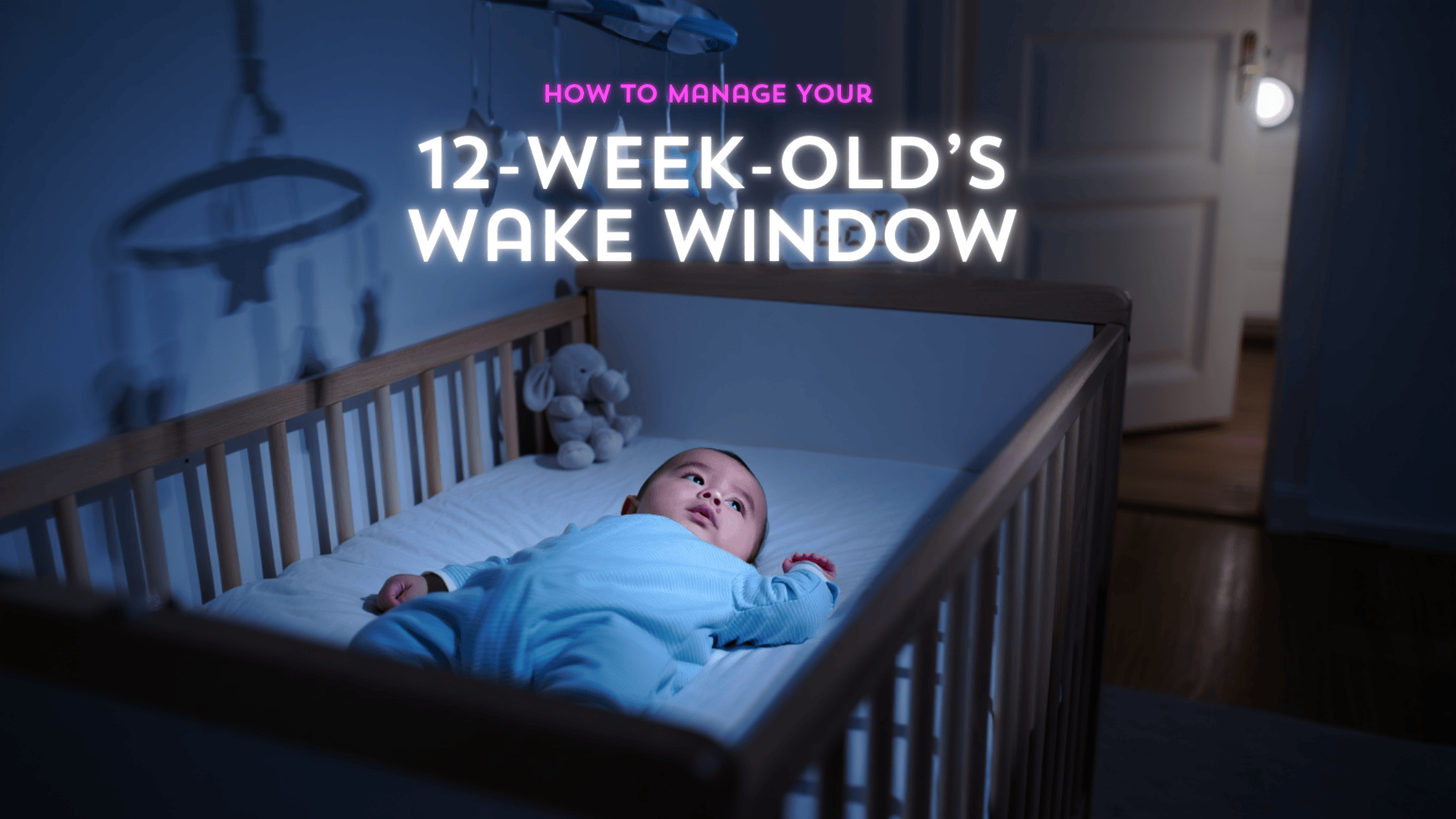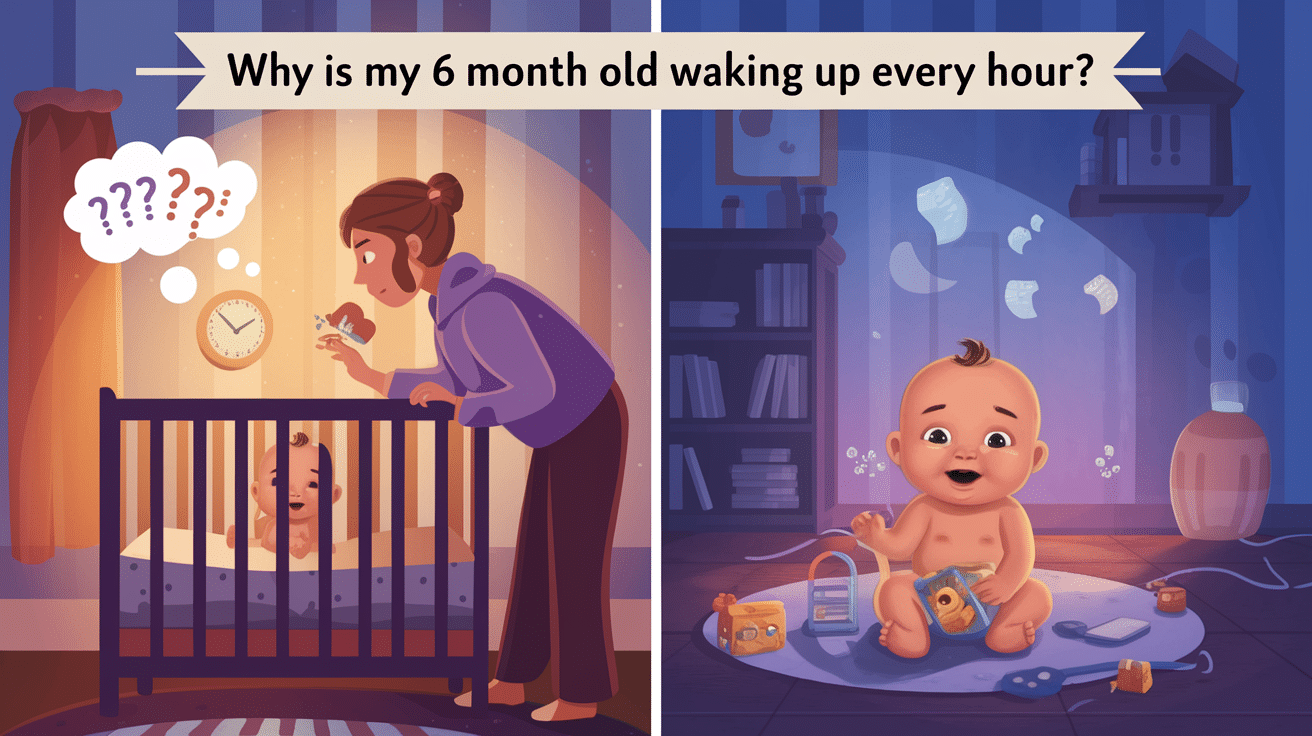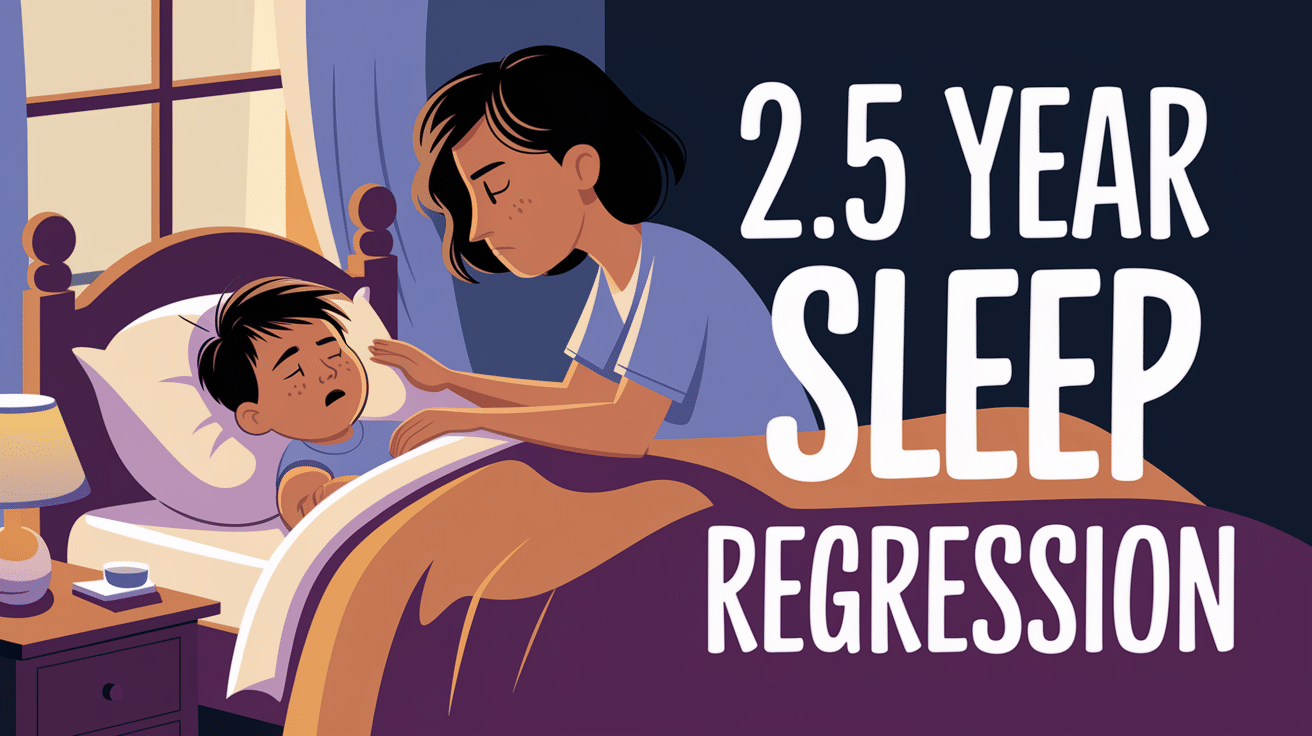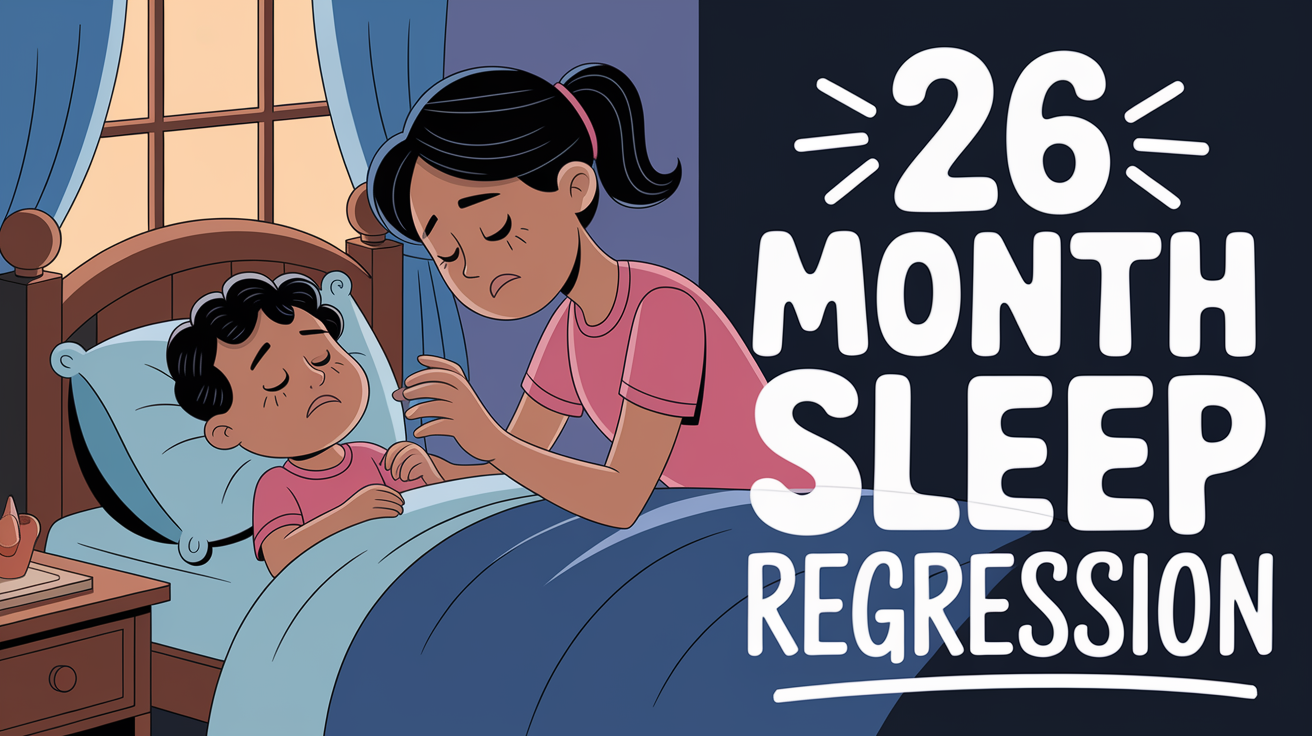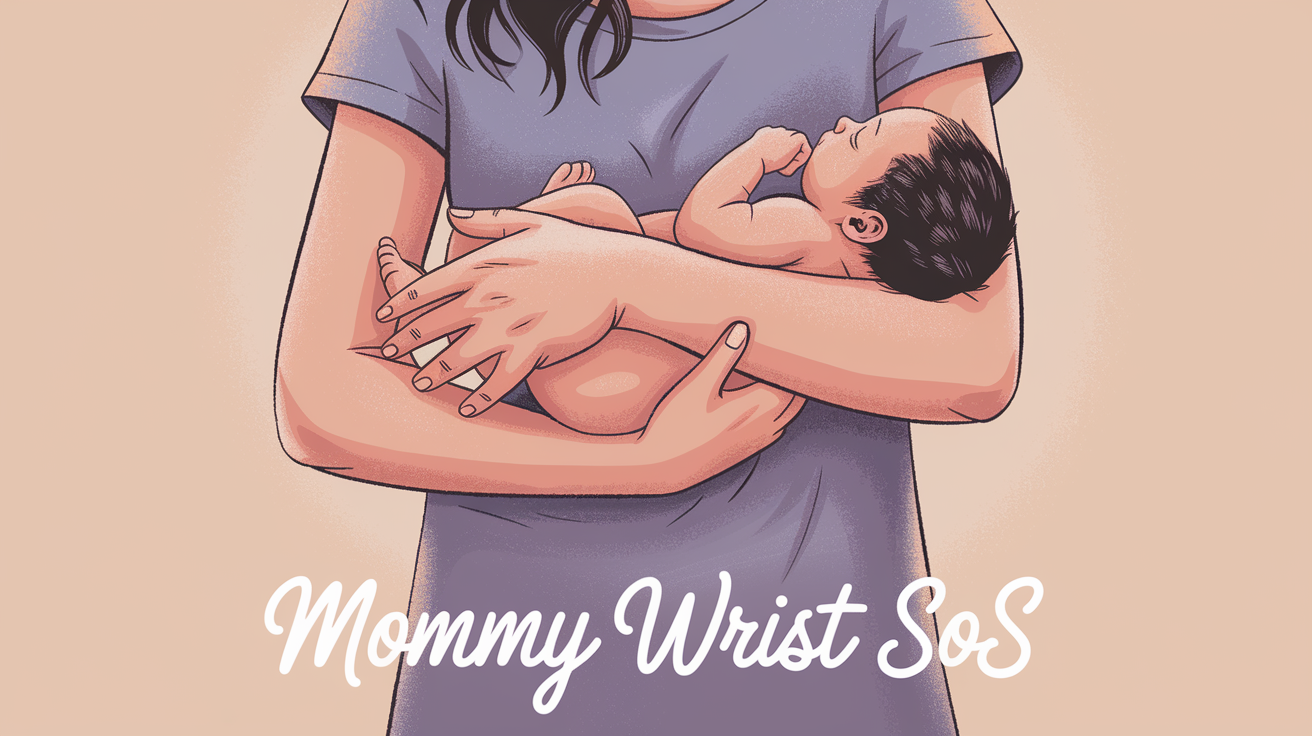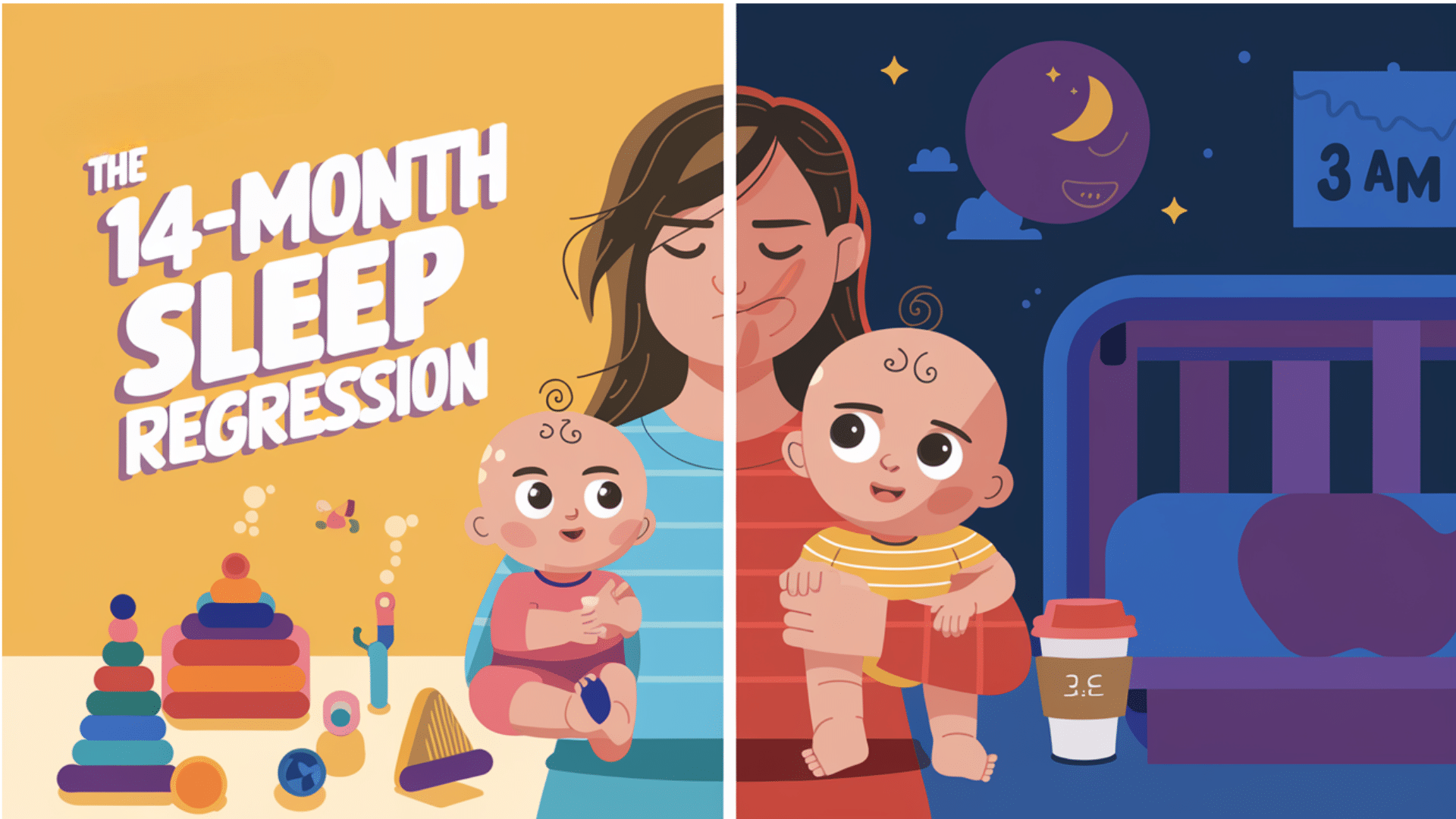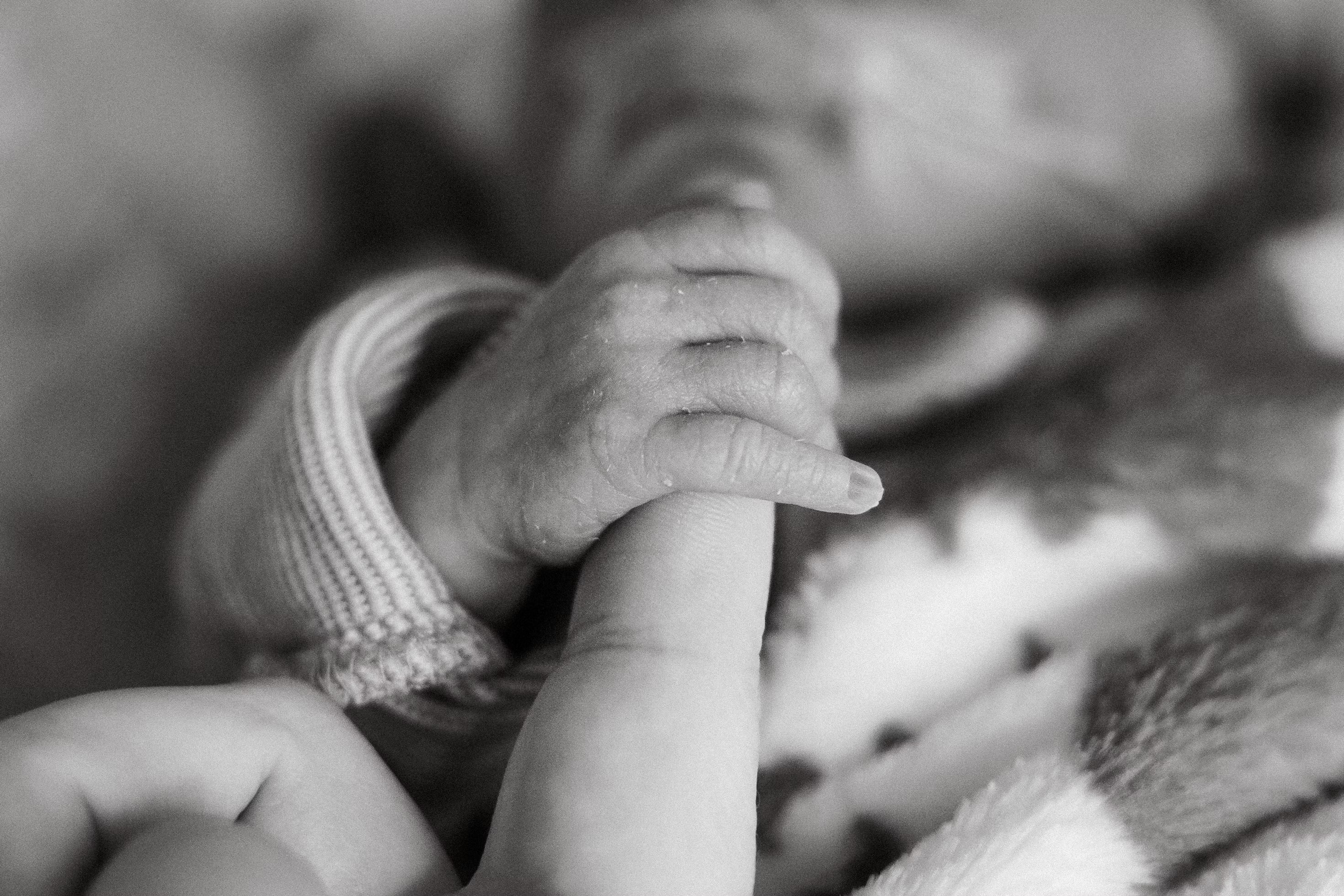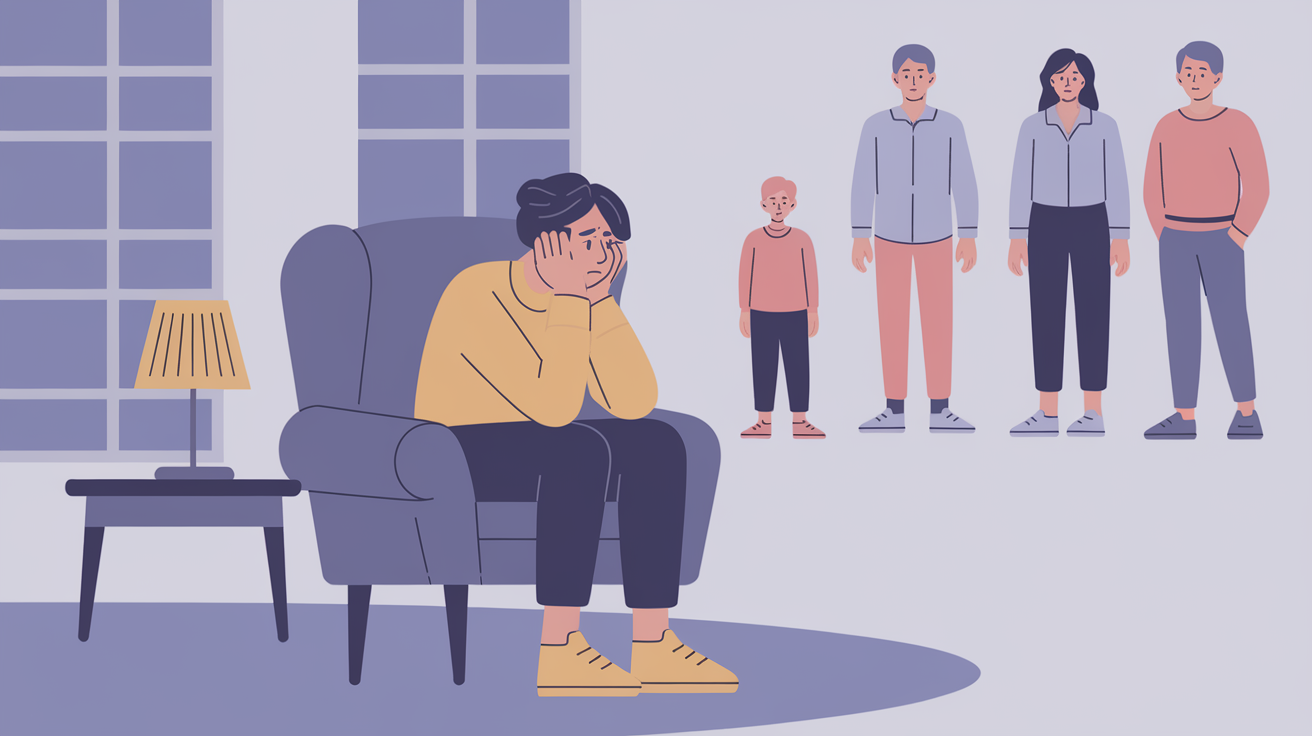
Ever noticed your little one attempt to crawl, only to rock back and forth without moving forward? Or perhaps they’ve tried to pull themselves up, only to tumble back down?
You’re witnessing baby false starts—a completely normal part of your child’s developmental experience.
These momentary “almost-there” milestones can leave parents wondering: Is something wrong? Is my baby frustrated? Should I help?
The truth is, these false starts are actually building blocks of learning. Each attempt strengthens muscles, improves coordination, and develops crucial neural pathways.
Research shows babies typically make 1,700+ attempts before successfully crawling—each “failure” is actually progress in disguise!
In this guide, we’ll explore why baby false starts happen, when they’re perfectly normal, and when they might signal something that needs attention. What developmental milestones is your little one currently working on?
What is False Start Bedtime?
A false start bedtime happens when your baby falls asleep but wakes up crying again within 15-45 minutes of being put down. This isn’t a brief stir or small noise—it’s a full wake-up where your baby seems alert and upset.
Signs to watch for in your baby:
-
Your little one transitions from peaceful sleep to sudden wakefulness within 30-60 minutes of bedtime, appearing alert and distressed despite your careful bedtime routine
-
These disruptions follow a predictable pattern, occurring consistently each night during the initial sleep cycle
-
Upon waking, your baby often shows signs of confusion or disorientation, suggesting they’re caught between sleep states
-
Despite being previously drowsy enough for sleep, your baby now requires significant parental assistance to return to slumber after these false starts
These unexpected wake-ups can turn what should be the start of a peaceful night into an extended bedtime battle. For parents, these false starts test their patience after a long day.
The cycle of putting the baby down, thinking they’re settled, and then hearing cries just as you sit down or start to relax can feel like a cruel joke when you’re already tired.
What Causes False Start Bedtime in Babies?

Several factors can trigger those frustrating wake-ups just after your baby falls asleep. Understanding the root cause is the first step toward solving the problem.
1. Overstimulation
When babies experience too much excitement before bed—bright lights, loud noises, active play, or screens—their brains remain active even as their bodies grow tired. This mental alertness can jolt them awake shortly after falling asleep.
Signs of overstimulation: Your baby may seem cranky before bed, rub their eyes while remaining alert, or have trouble settling initially despite being tired.
2. Overtiredness
Surprisingly, keeping a baby up longer doesn’t lead to better sleep. When babies stay awake beyond their natural sleep window, stress hormones like cortisol increase, making it harder for them to stay asleep.
Signs of overtiredness: Yawning, eye-rubbing, fussiness, arched back, or avoiding eye contact before bedtime.
3. Feeding Habits
Babies who don’t get enough calories during the day might wake shortly after falling asleep because they’re hungry. Similarly, reflux or gas from feeding just before bedtime can cause discomfort that wakes them.
Signs of feeding-related issues: Your baby seems hungry upon waking, shows signs of discomfort, or has feeding challenges during the day.
4. Developmental Stages
Sleep patterns naturally shift during developmental leaps. When babies learn new skills like rolling, sitting, or crawling, they often practice these abilities as they fall asleep and wake themselves up in the process.
Signs of developmental causes: Your baby has recently mastered a new skill, attempts to practice this skill at bedtime, or shows signs of a growth spurt or developmental leap.
Pay attention to what happens just before and after these wake-ups. Does your baby seem hungry, uncomfortable, or eager to practice a new skill?
These clues can help you identify which factor is most likely causing your baby’s false starts.
How to Fix Your Baby’s False Start Bedtimes?

Once you’ve identified the possible causes of your baby’s false starts, you can try these practical solutions to help everyone get more sleep.
Timing Adjustments That Work
Try the “30-minute rule” – put your baby down 30 minutes earlier than usual. This sweet spot often bypasses the overtired zone completely. Use the “pause technique” when baby first wakes – wait 5-10 minutes before responding to see if they resettle naturally.
Smart Environment Changes
Install red-spectrum night lights instead of blue or white lights. Red light doesn’t interfere with melatonin production the way other colors do.
Try a weighted sleep sack (age-appropriate and safety-approved), which can provide gentle pressure that helps babies feel secure.
Clever Routine Tweaks
Add a quick “reset activity” to your routine – a specific song or gentle movement that signals it’s truly sleep time, not just a nap.
Try the “final feed separation” – move the last feeding to the beginning of the bedtime routine rather than the end to break the feed-sleep association.
Hidden Sleep Disruptors
Check for subtle temperature changes throughout the night—even a 3-4 degree drop can wake sensitive sleepers. Consider silent reflux. Many babies have mild reflux symptoms that only appear when lying flat, causing them to wake up 20-40 minutes after falling asleep.
Should You Feed Your Baby After a False Start

Many parents wonder if hunger is behind those frustrating wake-ups and whether feeding will solve the problem or create a hard-to-break habit. The answer depends on your baby’s age and patterns.
When feeding might help:
- Your baby is under 4 months old
- It’s been several hours since their last meal
- They show clear hunger signs (rooting, hands to mouth)
- They settle easily after feeding
When to avoid feeding:
- Your baby only takes a small amount before losing interest
- The pattern happens at the same time every night
- They’re old enough to go longer between feedings
If you do feed, keep interactions minimal with dim lights and quiet voices. Consider waiting 5-10 minutes when your baby wakes to see if it settles on its own.
For babies consistently waking from hunger, ensuring adequate daytime nutrition can help reduce nighttime hunger while maintaining necessary night feedings.
Do Babies Outgrow False Start Bedtimes?

Good news for tired parents—false starts are usually temporary! Most babies naturally move past this frustrating sleep pattern as their bodies mature.
Many babies show major improvement by 6-9 months as their sleep cycles develop and their internal clock strengthens.
Brain development, learning to self-soothe, and getting enough stimulation during the day are key factors that help babies outgrow false starts.
Even after your baby has mostly outgrown false starts, they might still happen during teething, illness, or big changes like travel. These brief returns to old patterns typically go away once things settle down.
If your baby still has frequent false starts after 9-12 months despite good sleep habits, a quick check-in with your pediatrician can help rule out any underlying issues affecting their sleep.
Wrapping It Up
Those nights when your baby wakes just as you sink into the couch? They won’t last forever. False start bedtimes challenge even the most patient parents, but they’re just temporary bumps in your family’s sleep.
Think of yourself as a sleep scientist—observing patterns, testing solutions, and realizing what works for your unique baby. Maybe an earlier bedtime, a cozier sleep space, or a tweaked feeding schedule makes all the difference.
Remember this when you’re exhausted: thousands of babies outgrow false starts every day, and yours will too.
Each small improvement brings you closer to the peaceful evenings you’re dreaming of—when bedtime means actual downtime for everyone in the house.
You’ve got this, and better sleep is ahead!
If you’re interested in more informational content on mothers and babies, feel free to click here and explore other blogs that you might enjoy!
Frequently Asked Questions (FAQs)
What Is the 5-8-5 Rule for Babies?
The 5-8-5 rule refers to a sleep guideline: a baby’s bedtime should be 5 hours after the last nap and 8 hours after the previous feeding, and it should include 5 minutes of calming activities to help the baby settle.
Why Is My Baby Having So Many False Starts?
False starts can be caused by overstimulation, overtiredness, or an inconsistent sleep routine. Monitor your baby’s sleep environment and try adjusting naps or bedtime schedules to see if that helps.
Are False Starts Developmental?
Yes, false starts are often developmental and occur as babies go through growth spurts or changes in their sleep cycles.
How to Identify False Starts Due to Tiredness?
If your baby is fussy or difficult to settle, it may indicate overtiredness. Conversely, if your baby is wide awake and energetic, it could indicate tiredness. Adjusting naps and bedtime may help.





